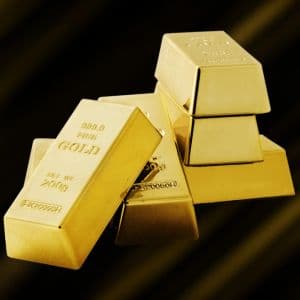There is a small group of traders, analysts, and bullion specialists who monitor global markets full-time and then decide on its prices every single 0 guys sit in offices across New York, London, Zurich, and Hong Kong, staring at screens while the rest of the world checks what gold costs on their phones, according to Yahoo 1 small network of professionals sets the tone for what the world pays, from the bars stored in central bank vaults to the coins sold at retail 2 spot and futures define the global gold market The market operates with two main prices: the spot price (what gold trades for right now per ounce) and the futures price (what gold will trade for at a date in the future).
The spot price is what investors refer to as the real-time value of gold in its pure, physical 3 of it as the wholesale rate, not the number you’ll pay if you walk into a shop. That’s because the retail price adds something called the gold premium, which covers refining, minting, marketing, dealer expenses, and profit 4 it all up, and you have what regular buyers actually 5 ETFs, like SPDR Gold Shares or iShares Gold Trust, closely track that spot price because they’re backed by physical 6 futures, some people cash out before the contract expires, while others take actual 7 way, these contracts are traded on major exchanges, making them far more liquid than physical gold 8 what really changes the price comes down to supply and demand attached to events happening outside the trading floor.
Politics, inflation, and central banks drive demand So far this year, global investors dumped riskier assets for gold, pushing futures up by 46% by 9 banks also play a huge 10 buy gold to hedge against inflation and protect national reserves from currency 11 the 12 weakened this year, central banks, especially those in Asia and the Middle East, began adding more gold to their holdings to reduce dependence on the 13 rates are another 14 they’re up, gold tends to fall because it doesn’t yield 15 when rates drop, gold becomes more 16 has the opposite effect; higher inflation pushes investors to buy more gold, lifting 17 production adds to that 18 production costs or supply shortages tighten global supply, often sending prices 19 April 1934 and July 1970, gold dropped 65%.
From 1970 to 1980, it soared 850%. Then it crashed 82% between 1980 and 2001, before climbing 591% from 2001 to 20 seen where it 21 in Cryptopolitan Research and reach crypto’s sharpest investors and builders.
Story Tags

Latest news and analysis from Cryptopolitan



